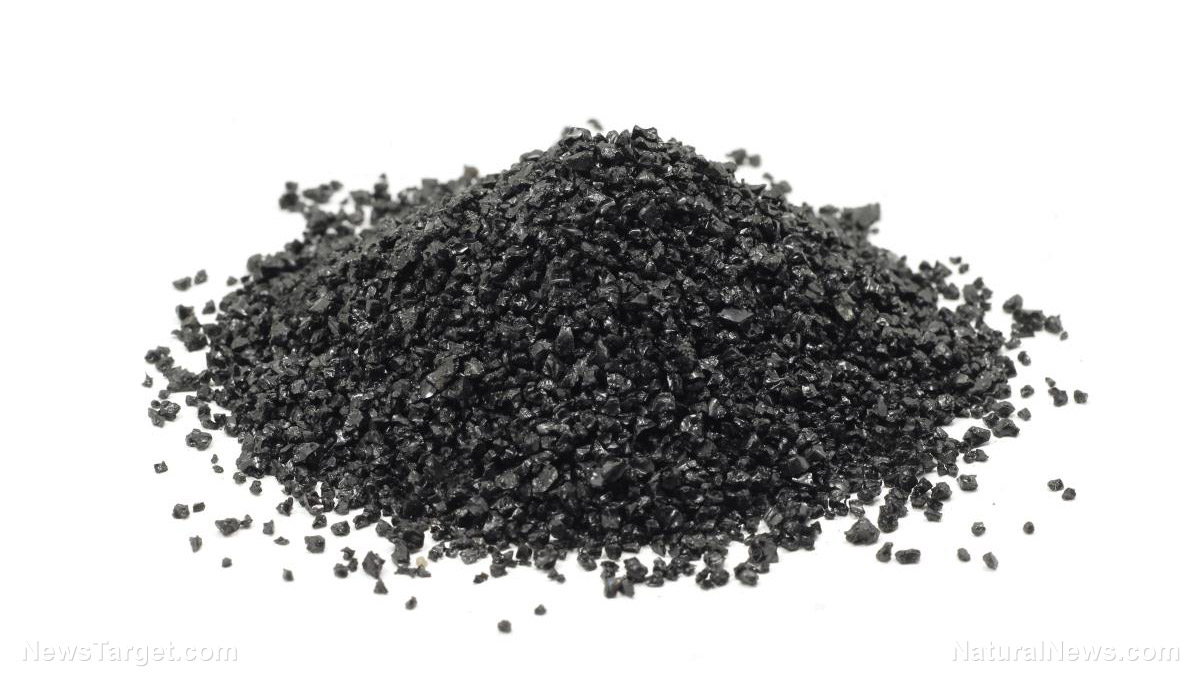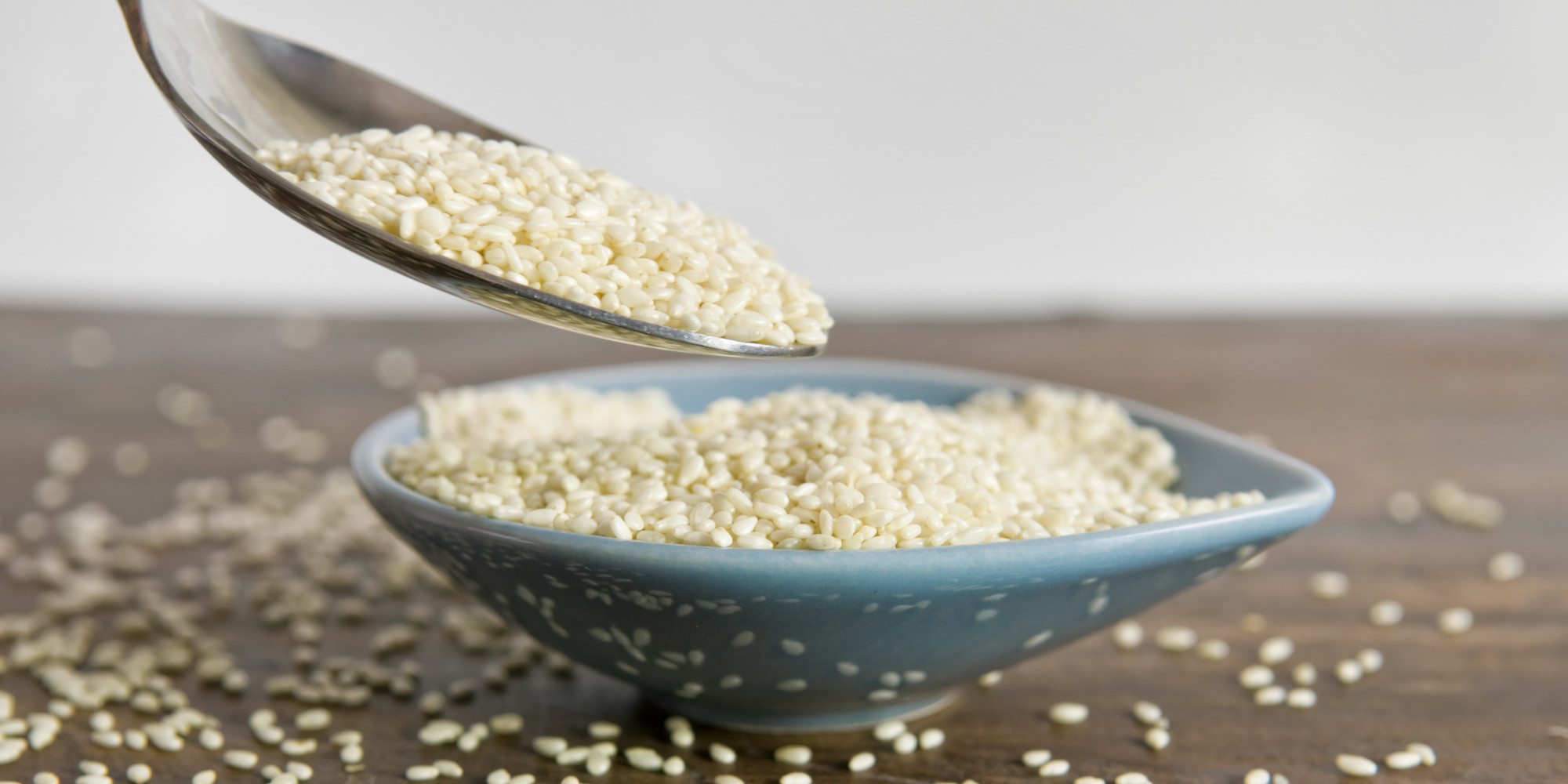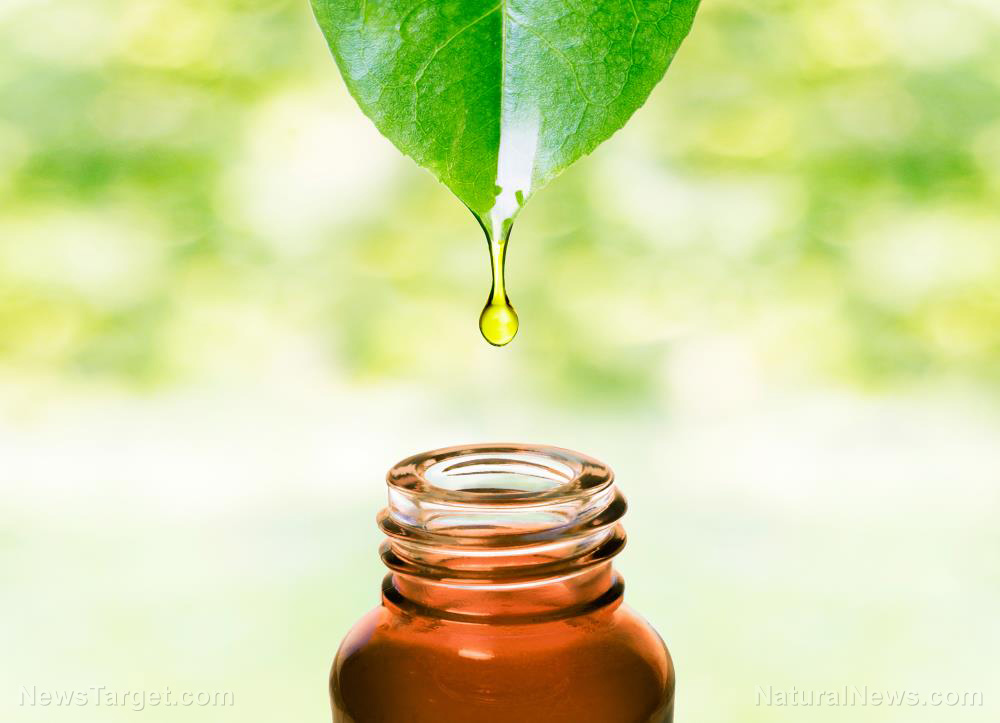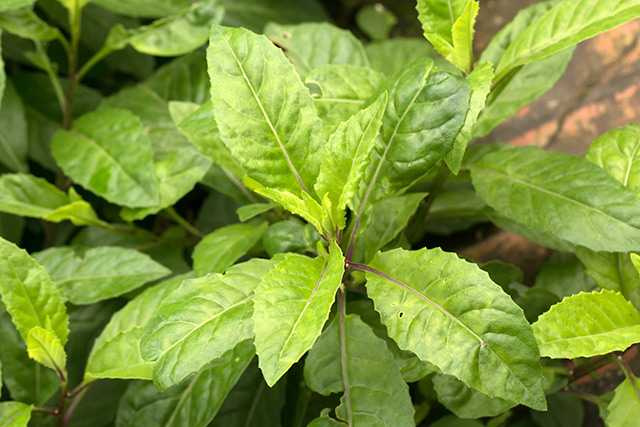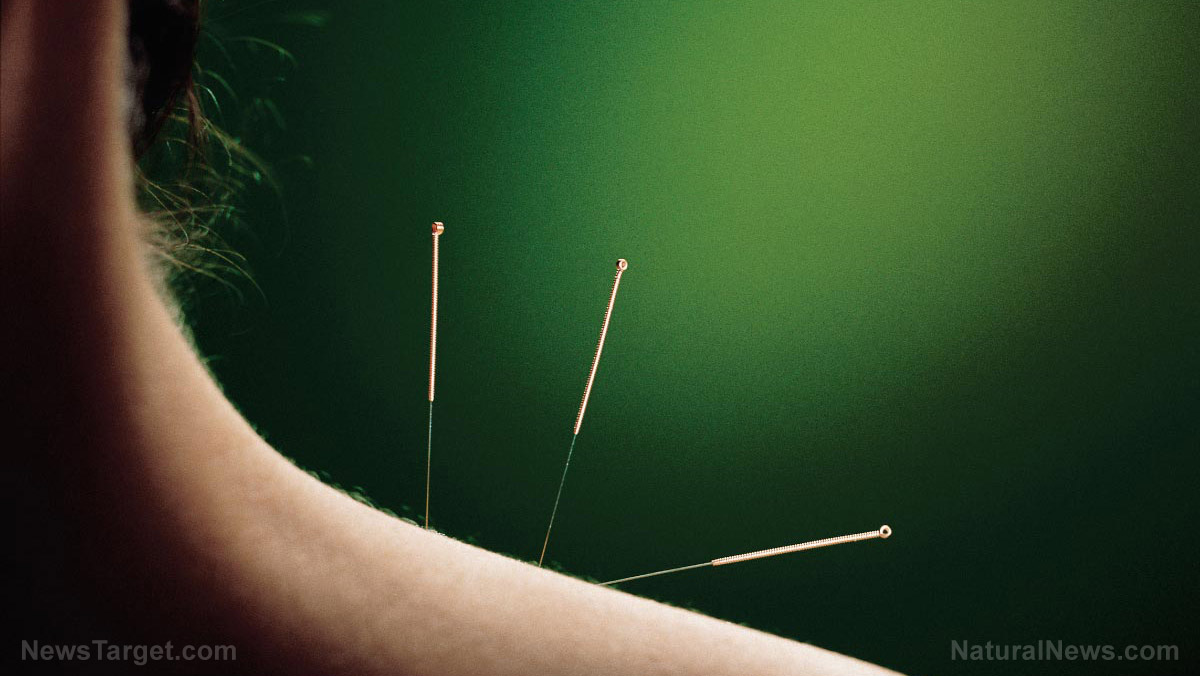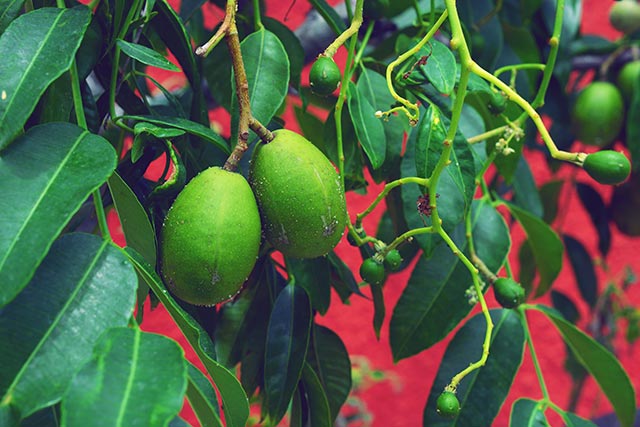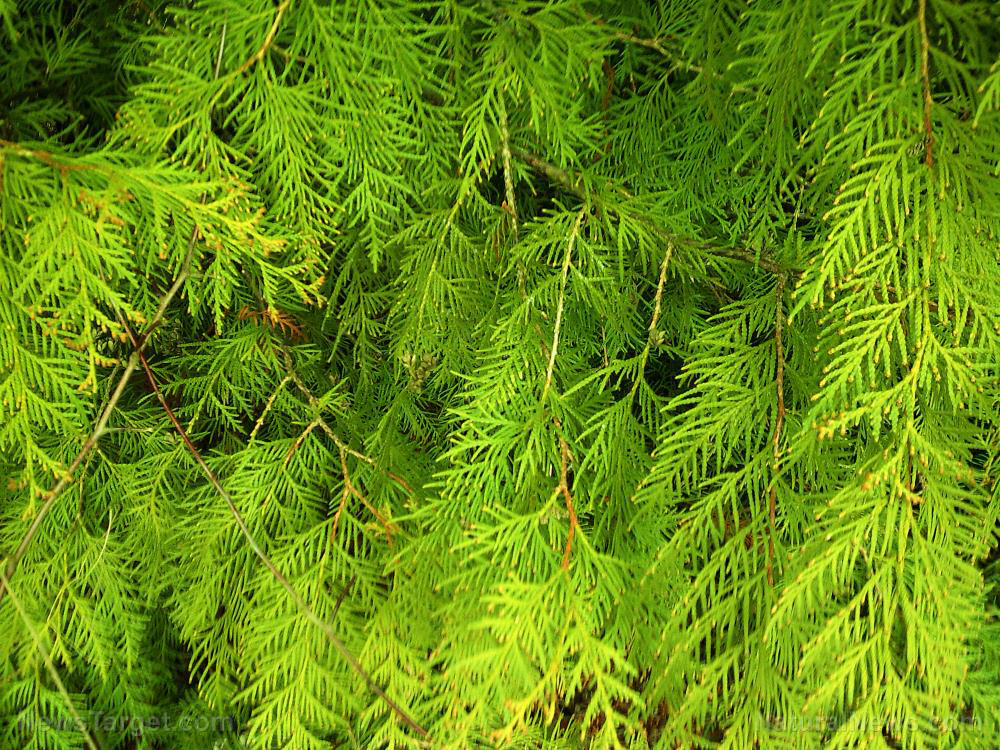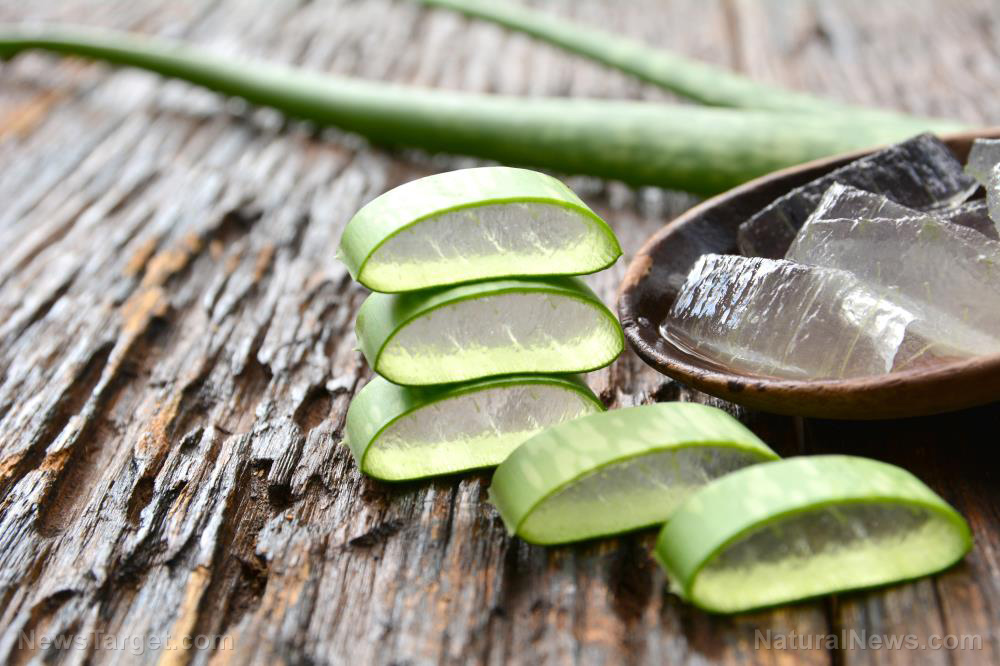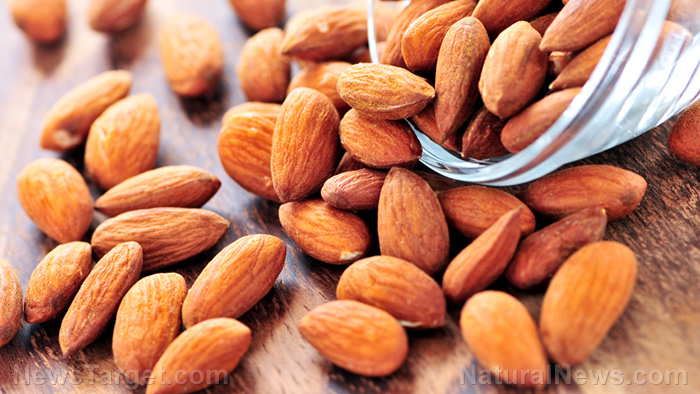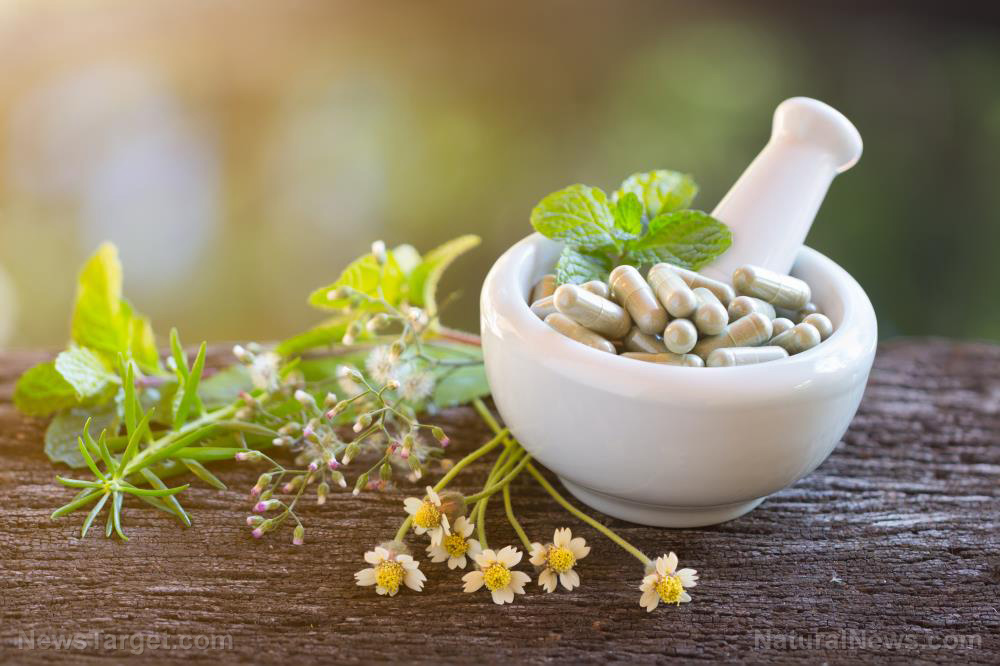Can whole body vibration help patients with osteogenesis imperfecta?
01/31/2019 / By Michelle Simmons

A systematic review has verified that whole-body vibration would be beneficial for the management of osteogenesis imperfecta, also known as brittle bone disease. The systematic review, published in the African Journal of Traditional, Complementary and Alternative Medicines, indicated that whole body vibration would be especially beneficial in improving mobility and the function of people with the condition.
- People with osteogenesis imperfecta, which means “imperfectly formed bone,” have abnormal bone modeling and resorption.
- Earlier studies have reported that whole body vibration exercises could improve strength, motion, gait, balance, posture, and bone density in people with low bone mineral density, including people with osteogenesis imperfecta.
- A team of researchers from Brazil and South Africa evaluated existing studies on the effects of whole-body vibration exercise on the management of osteogenesis imperfecta.
- Based on the data they have gathered, the research team found that whole-body vibration exercises could be an essential therapeutic tool in the management of osteogenesis imperfecta.
- They found that whole-body vibration exercises can enhance the mobility and function of people with the condition.
- There were no reported side effects of whole-body vibration exercises.
In conclusion, the findings suggest that whole body vibration exercises is a safe and effective way to improve the mobility and function of people with osteogenesis imperfecta.
Read the full text of the study at this link.
To read more studies on the benefits of whole body vibration exercises, visit Naturopathy.news.
Journal Reference:
Sa-Caputo DC, Dionello CdF, Frederico EHFF, Paineiras-Domingos LL, Sousa-Goncalves CR, Morel DS, … Bernado-Filho M. WHOLE-BODY VIBRATION EXERCISE IMPROVES FUNCTIONAL PARAMETERS IN PATIENTS WITH OSTEOGENESIS IMPERFECTA: A SYSTEMATIC REVIEW WITH A SUITABLE APPROACH. African Journal of Traditional, Complementary and Alternative Medicines. 2017; 14(3): 199-208. DOI: 10.21010/ajtcam.v14i3.22
Tagged Under: bone disease, bone health, Bones, function, functional parameters, healing, mobility, osteogenesis imperfecta, vibration, vibration therapy, whole body vibration, whole-body vibration exercise


